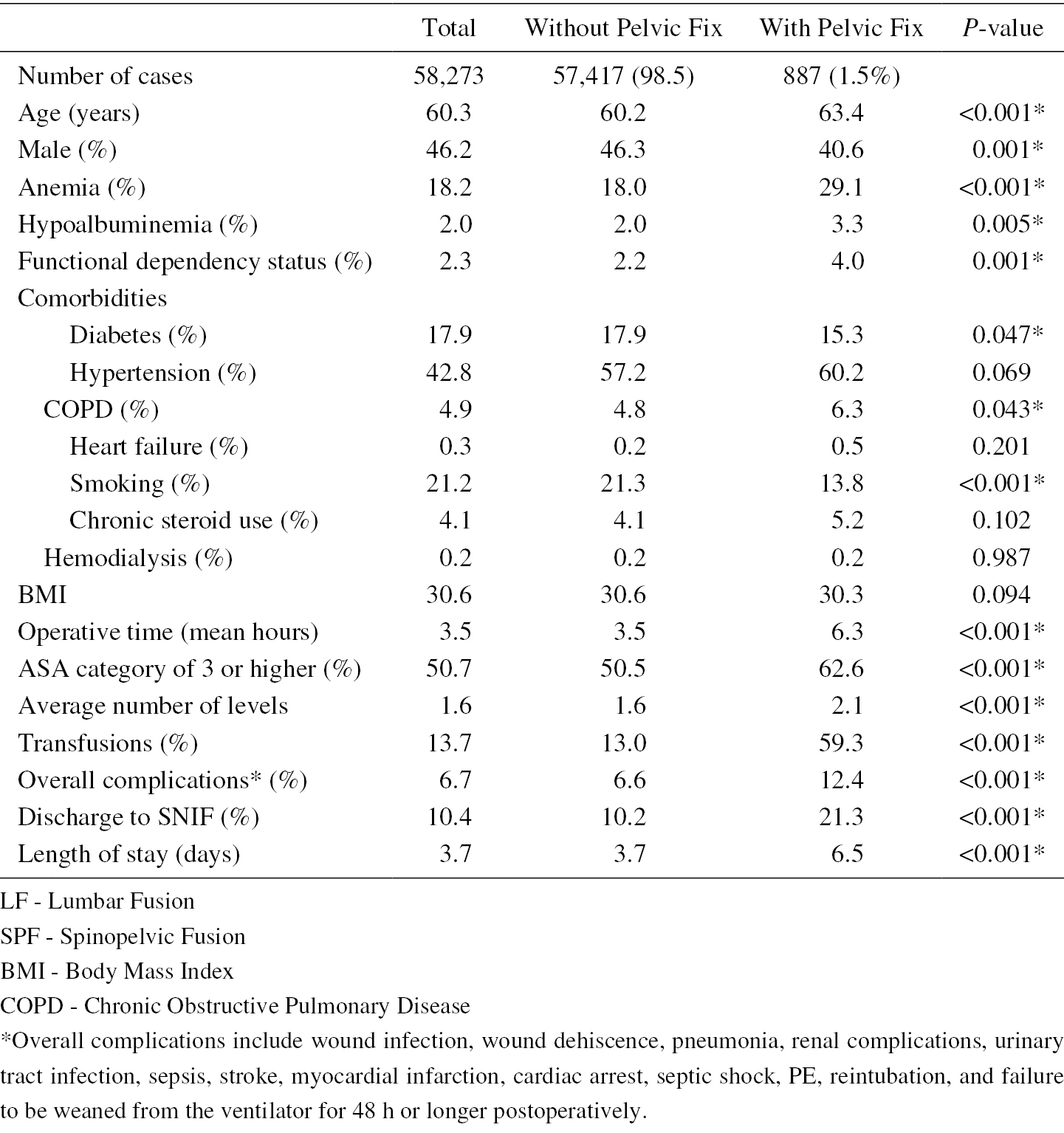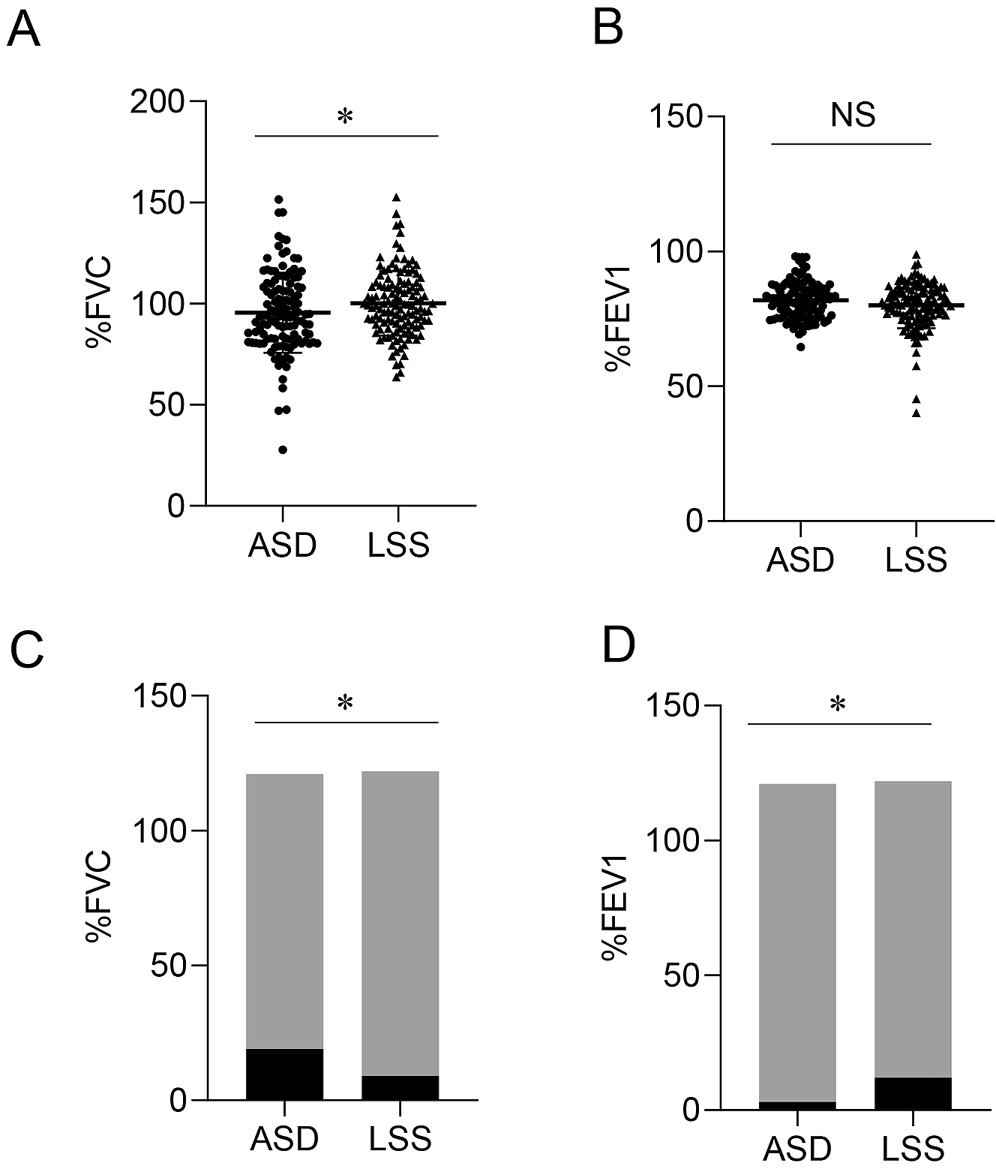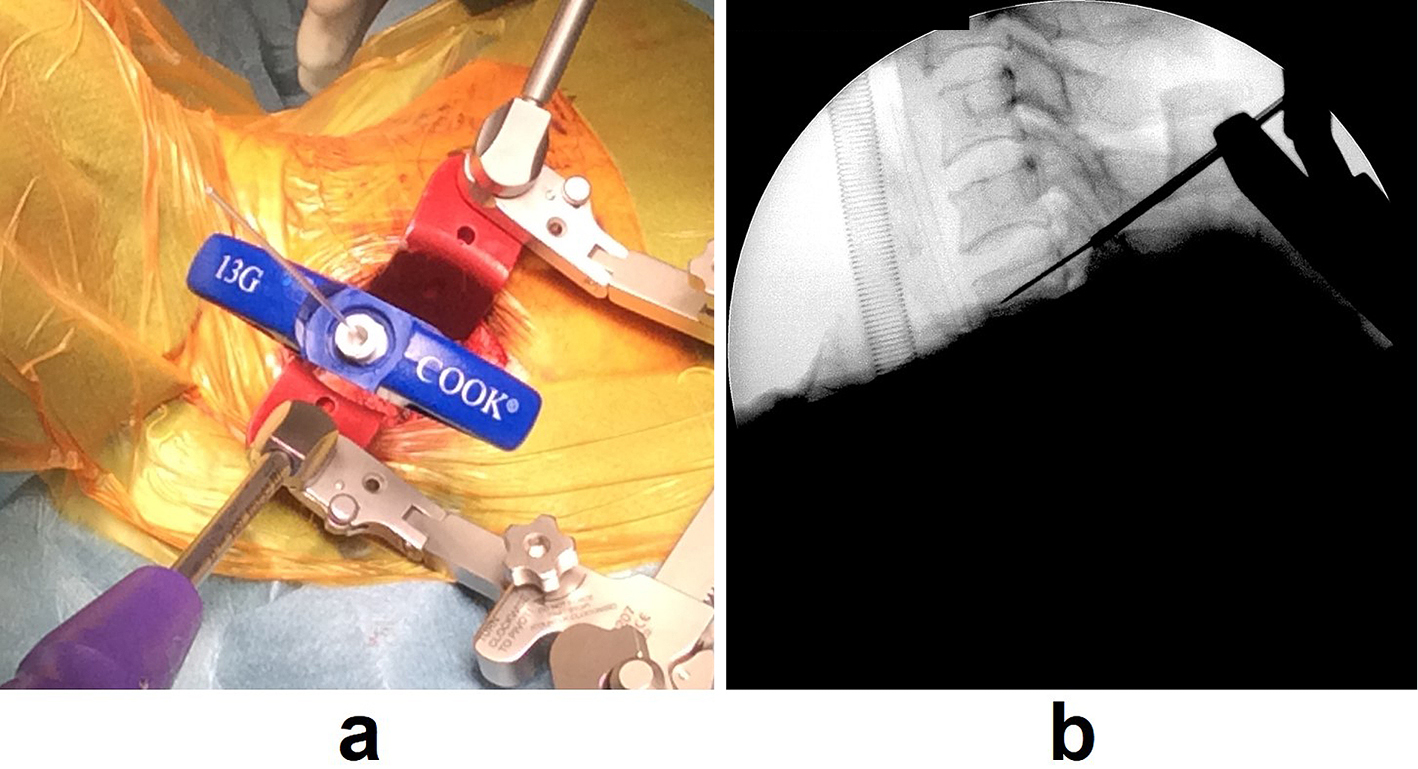Volume 4, Issue 4
Displaying 1-16 of 16 articles from this issue
- |<
- <
- 1
- >
- >|
ORIGINAL ARTICLE
-
2020 Volume 4 Issue 4 Pages 294-299
Published: October 27, 2020
Released on J-STAGE: October 27, 2020
Advance online publication: March 19, 2020Download PDF (430K) -
2020 Volume 4 Issue 4 Pages 300-304
Published: October 27, 2020
Released on J-STAGE: October 27, 2020
Advance online publication: March 19, 2020Download PDF (68K) -
2020 Volume 4 Issue 4 Pages 305-313
Published: October 27, 2020
Released on J-STAGE: October 27, 2020
Advance online publication: July 10, 2020Download PDF (622K) -
2020 Volume 4 Issue 4 Pages 314-319
Published: October 27, 2020
Released on J-STAGE: October 27, 2020
Advance online publication: March 31, 2020Download PDF (79K) -
2020 Volume 4 Issue 4 Pages 320-327
Published: October 27, 2020
Released on J-STAGE: October 27, 2020
Advance online publication: June 18, 2020Download PDF (1056K) -
2020 Volume 4 Issue 4 Pages 328-332
Published: October 27, 2020
Released on J-STAGE: October 27, 2020
Advance online publication: July 10, 2020Download PDF (1272K) -
2020 Volume 4 Issue 4 Pages 333-340
Published: October 27, 2020
Released on J-STAGE: October 27, 2020
Advance online publication: March 19, 2020Download PDF (311K) -
2020 Volume 4 Issue 4 Pages 341-346
Published: October 27, 2020
Released on J-STAGE: October 27, 2020
Advance online publication: March 19, 2020Download PDF (1462K) -
2020 Volume 4 Issue 4 Pages 347-353
Published: October 27, 2020
Released on J-STAGE: October 27, 2020
Advance online publication: April 20, 2020Download PDF (329K) -
2020 Volume 4 Issue 4 Pages 354-357
Published: October 27, 2020
Released on J-STAGE: October 27, 2020
Advance online publication: July 10, 2020Download PDF (90K)
TECHNICAL NOTE
-
2020 Volume 4 Issue 4 Pages 358-364
Published: October 27, 2020
Released on J-STAGE: October 27, 2020
Advance online publication: February 26, 2020Download PDF (609K)
CLINICAL CORRESPONDENCE
-
2020 Volume 4 Issue 4 Pages 365-368
Published: October 27, 2020
Released on J-STAGE: October 27, 2020
Advance online publication: April 20, 2020Download PDF (600K) -
2020 Volume 4 Issue 4 Pages 369-373
Published: October 27, 2020
Released on J-STAGE: October 27, 2020
Advance online publication: May 15, 2020Download PDF (1123K) -
2020 Volume 4 Issue 4 Pages 374-376
Published: October 27, 2020
Released on J-STAGE: October 27, 2020
Advance online publication: May 28, 2020Download PDF (491K) -
2020 Volume 4 Issue 4 Pages 377-379
Published: October 27, 2020
Released on J-STAGE: October 27, 2020
Advance online publication: June 18, 2020Download PDF (554K) -
2020 Volume 4 Issue 4 Pages 380-383
Published: October 27, 2020
Released on J-STAGE: October 27, 2020
Advance online publication: June 18, 2020Download PDF (473K)
- |<
- <
- 1
- >
- >|
















